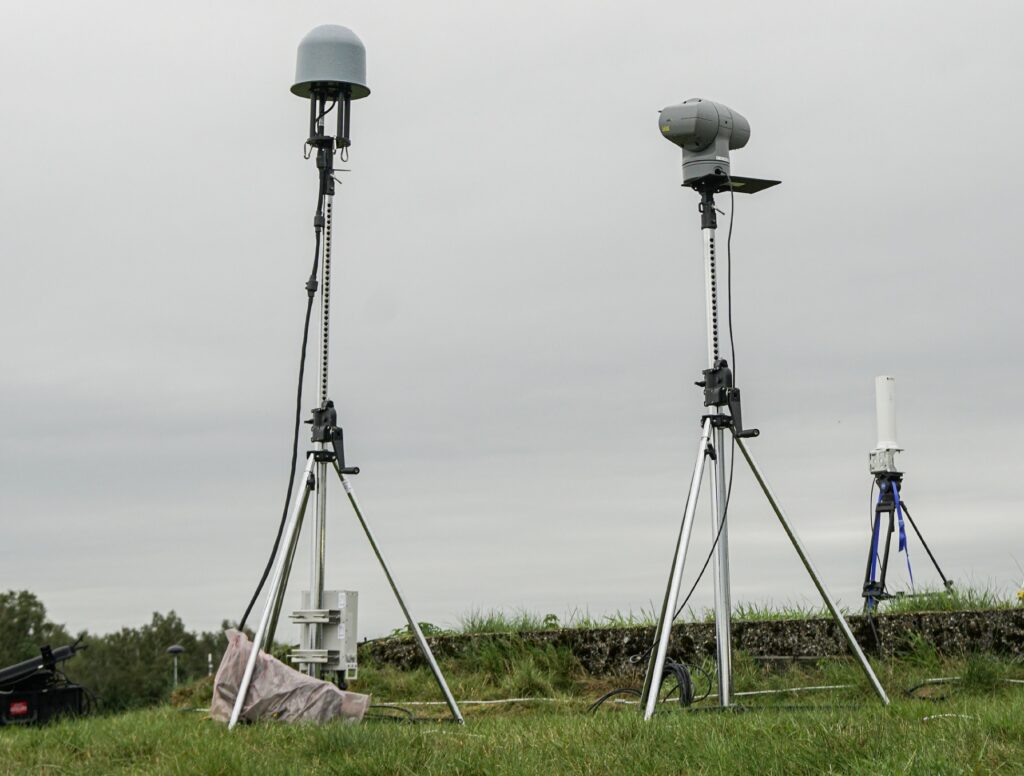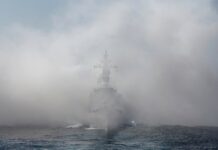Germany’s Rohde & Schwarz has proven that its new ARDRONIS Locate Compact system is fully compliant with the Sensing for Asset Protection with Integrated Electronic Networked Technology (SAPIENT) protocol developed by the UK Ministry of Defence and adopted by NATO as a counter-unmanned aircraft system (C-UAS) standard, the company announced on 31 October 2023.
The ARDRONIS Locate Compact system, which automatically detects and identifies unmanned aerial vehicles based on their broadband video radio signals, was integrated through the SAPIENT protocol and tested at the NATO Technical Interoperability Exercise (TIE) event help at Vredepeel in the Netherlands, which took place from 12-22 September 2023.
The C-UAS TIE 23 exercise, organised by the NATO Communications and Information Agency (NCI Agency), brought together civilian and military specialists as well as over 60 industry participants. The exercise tested counter-UAS technologies to ensure different systems could communicate and instantly work with each other.

Committed to supporting NATO standardisation, Rohde & Schwarz is SAPIENT compliant and is working to simplify the integration of its solution into larger systems.
The SAPIENT protocol allows data from sensors, effectors, and cyberspace to be converted into a common language and shared across networks supporting the C-UAS mission.
Anne Stephan, Rohde & Schwarz’s vice president for critical infrastructure and networks, was quoted by the company as saying, “We are excited to launch ARDRONIS Locate Compact in November. We are committed to advancing and testing the SAPIENT interface and supporting the standardisation system of NATO. Our goal is to simplify the integration of our system into larger systems.”
ARDRONIS Locate Compact is designed to be cost-effective and can be used to monitor large areas that would otherwise require a large number of antennas and radio direction finders. It is suitable for fixed installations, such as airports, large industrial sites or military facilities, but can also be provided in a transportable configuration that can be set up and operated by a single person for short-term area surveillance missions, such as protecting political VIPs during public appearances.












